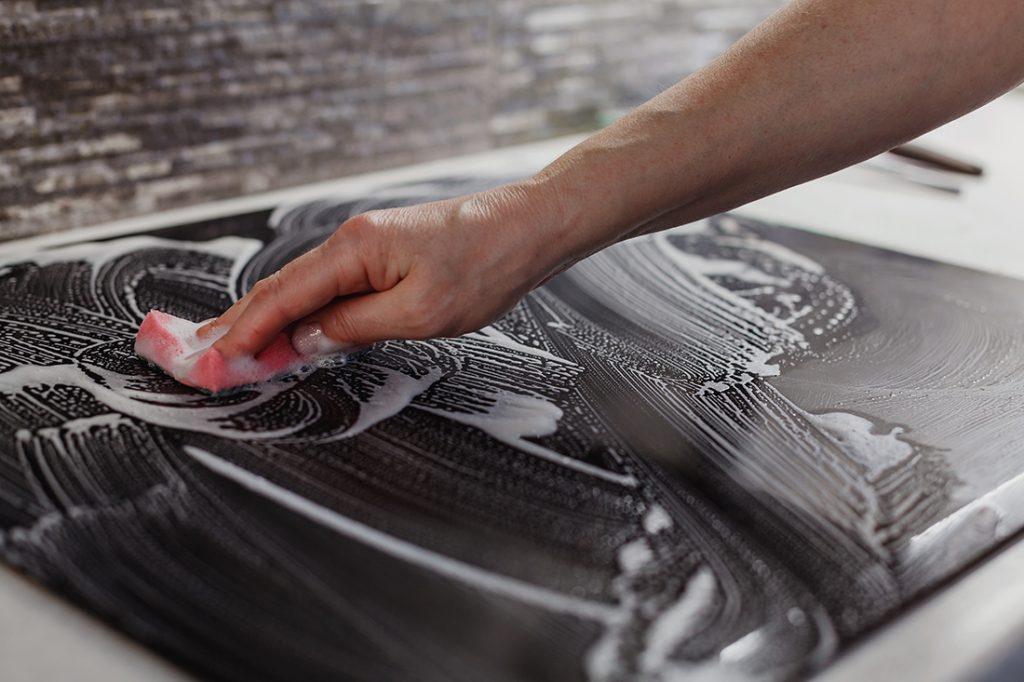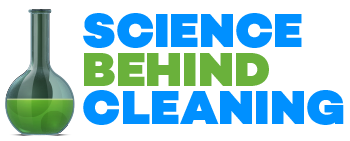Surfactants are molecules that reduce the surface tension of water, helping it to spread out more uniformly. In essence, surfactants make water “wetter”. A drop of water on a very non-polar surface such as a freshly waxed car or on a plastic surface will bead up due to water’s surface tension. Essentially, the water would rather interact with itself than with the non-polar surface. Adding surfactants to water reduces the surface tension and allows water to relax or wet-out and cover a larger surface area.

Beyond surface tension reduction, surfactants serve a vital role in the cleaning process. Surfactants molecules are made up of two parts: a hydrophilic (water-loving) head and hydrophobic (water-hating) tail. This dual functionality allows surfactants to work along the interface of water molecules and soiled surfaces. In cleaning products, the surfactant’s hydrophobic tails naturally aligns away from the water and attempts to cling to the surface. This action forces the surfactant underneath layers of soil and grime, loosening and lifting the soils from the surface. This cleaning process, known as roll-up, increases cleaning efficiency and decreases scrubbing time. Furthermore, as the cleaning solution rolls up bits of dirt and soil, the surfactant’s hydrophobic tails cling to the soil particles, suspending the soils and helping to prevent them from settling back on the surface. Once the soil is suspended, the surface is simply wiped or rinsed and allowed to dry.
Almost all commercially produced cleaning products contain surfactants. The combination of wetting and roll-up helps to make cleaning easier and more effective. Whether running dinner plates through the dishwasher or cleaning the mirror in a bathroom, the power of surfactants means less scrubbing and better overall cleaning.
